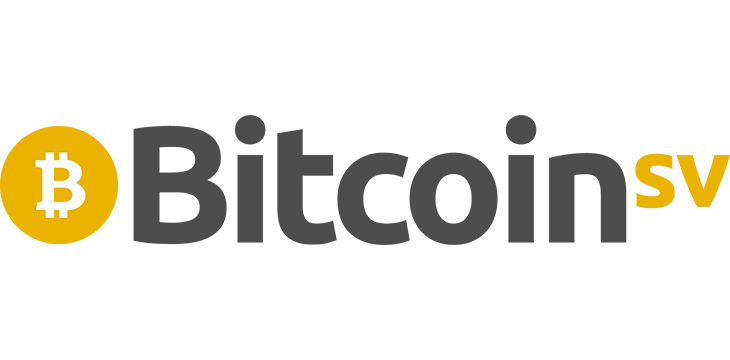|
Getting your Trinity Audio player ready...
|
Bitcoin is set to see a rush of new use cases as SPV and true P2P functionality returns. The Bitcoin Association and Bitcoin SV Node Team announced three new software packages that make life a lot simpler and less technical for Bitcoin users—including businesses and individuals.
The new releases include Bitcoin SV Node v1.0.6, mAPI (formerly Merchant API) v1.2.0, and SPV Channels CE v1.0.0. Together, they mean Bitcoin users can transact directly and securely with each other, without having to download an entire copy of the blockchain to verify them.
Bitcoin wallet users, at least on the surface, already feel like they’re transacting directly—but that’s only because the wallet provider is doing all the work behind the scenes, verifying transactions with their own copy of the entire blockchain.
Bitcoin SV Infrastructure Team Technical Director Steve Shadders called existing methods “unnecessarily heavyweight” with the extra work they required. He said:
“Today’s set of releases are a critically important step in the restoration of Satoshi Nakamoto’s vision for Bitcoin, as they finally enable users to interact with Bitcoin in the Simplified Payment Verification manner described in the original Bitcoin white paper. Prior to today’s releases, the complete suite of tools necessary to enable true SPV did not exist, which encouraged users to run unnecessarily heavyweight client implementations. From today, users will be able to run lightweight clients to interact with the Bitcoin blockchain, while still receiving all of the in-built security guarantees which Bitcoin provides.”
The new software releases use Merkle proofs only of transactions relevant to the user to guarantee secure payments. Transaction processors (or “miners”) are now the only participants who need to keep full copies of the blockchain. That’s useful, even necessary, as BSV begins to process blocks in the hundreds of megabytes and with an eye to much larger ones in the future. As of today, the BSV blockchain is already nearly 258 GB in size.
A peer-to-peer electronic cash system at last
Satoshi Nakamoto’s original Bitcoin white paper is titled “Bitcoin: A Peer-to-Peer Electronic Cash System,” and it mentions that Simplified Payment Verification (SPV) is the proper way for lighter client-side applications to verify transactions. However, until today, it has not been easy (or even possible) for services to utilize that functionality. Instead, services such as wallets, exchanges and payment processors usually built their own systems that verified transactions on their own servers, while making it look as instant as possible at the user end.
SPV Channels CE (for “community edition”) allows asynchronous encrypted messaging between participants, even when there’s no direct connection between them (e.g. one may be offline). Channel owners can configure each one with read and write permissions and trust levels. SPV Channels CE includes an application-level end-to-end encryption model to keep things secure.
The new version of mAPI improves SIT, or “safe instant transactions” by using the messaging system described above. A participant (e.g. a merchant) can request merkle proofs to verify a transaction and check against double-spend attempts, to speed things up with less complexity. mAPI v1.2.0 also upgrades fee quotes, node connection administration, introduces a new API gateway for transaction/fee queries with REST Admin Interface.
Bitcoin SV Node v1.0.6 enhances event notifications, allowing participants to monitor transaction confirmations more efficiently while also making those checks more secure. It also fixes a number of issues from the beta release.
Full details of features in the new releases can be found at the Bitcoin SV Node official site here.
Only Bitcoin BSV is focused on making on-chain transactions simpler and more secure, while maintaining a commitment to keeping all data on the blockchain to guarantee full transparency and auditability. This is the way Bitcoin was originally intended to work, per the guidance of creator Satoshi Nakamoto (Dr. Craig S. Wright). Things thought difficult or even impossible are happening on the BSV network, without having to resort to artificial block size limits or other alterations to fundamental protocol rules. The BSV protocol rules are also considered “set in stone,” guaranteed not to change at developers’ whims or external pressures.
See also: Steve Shadders’ presentation at CoinGeek Live, Bitcoin SV Technical Update: Infrastructure for the World Blockchain

 01-06-2026
01-06-2026 




